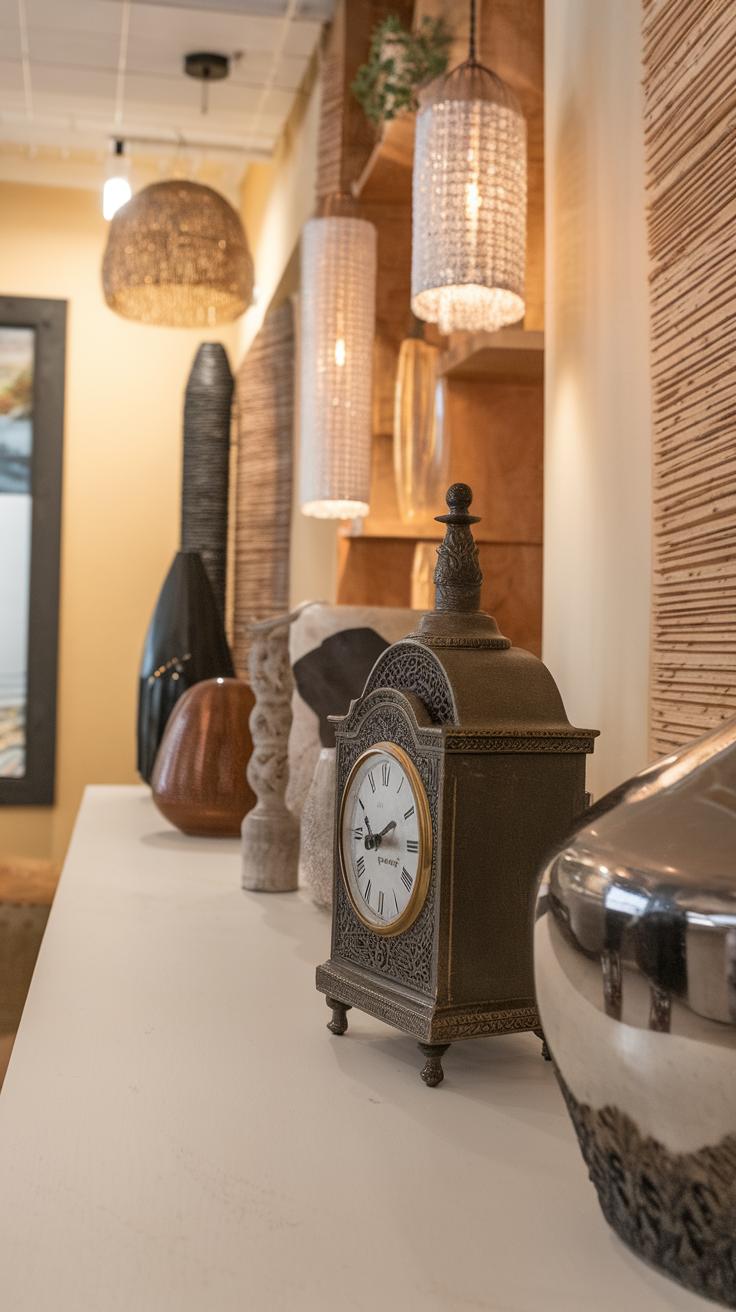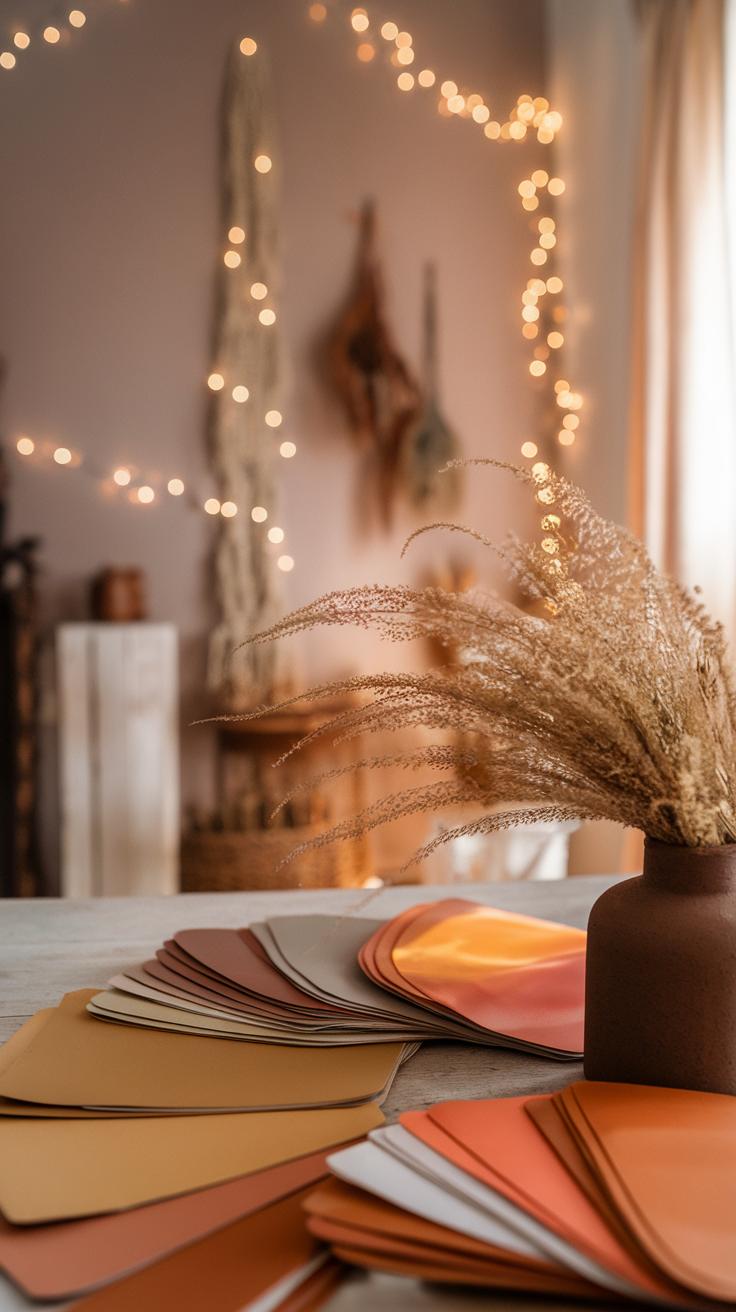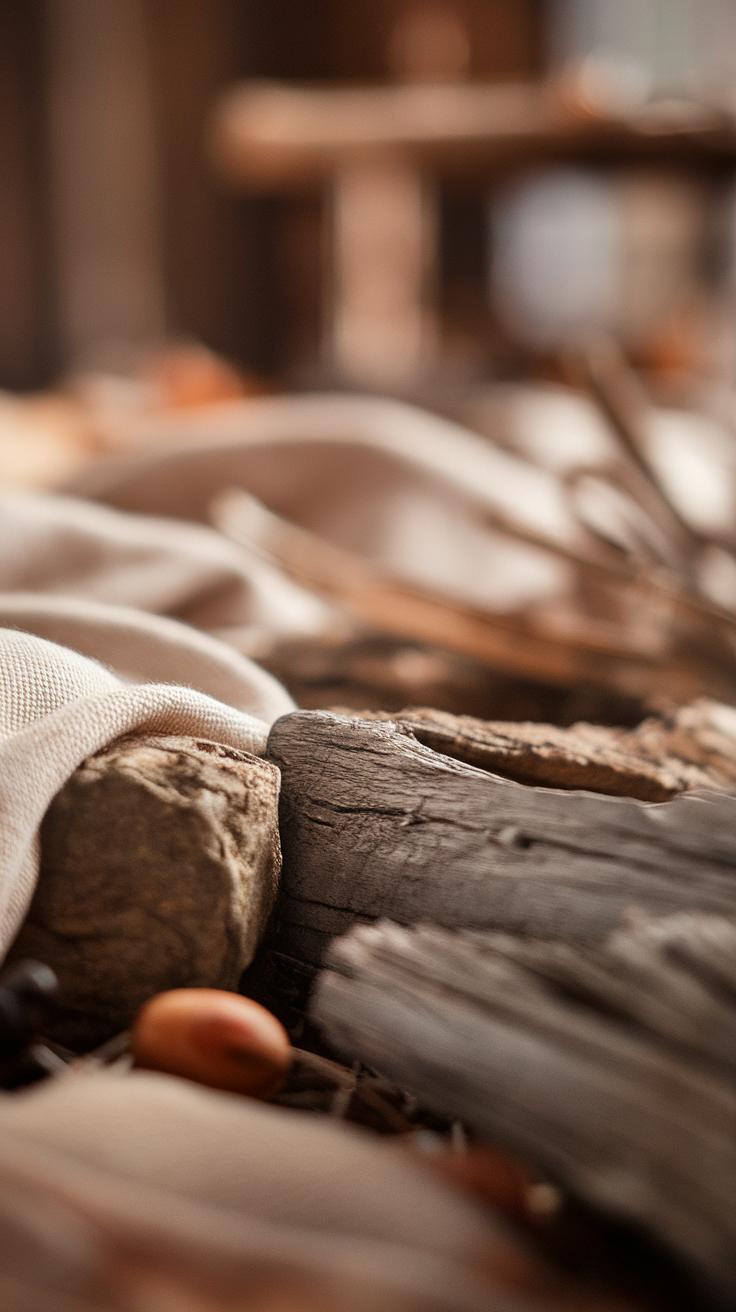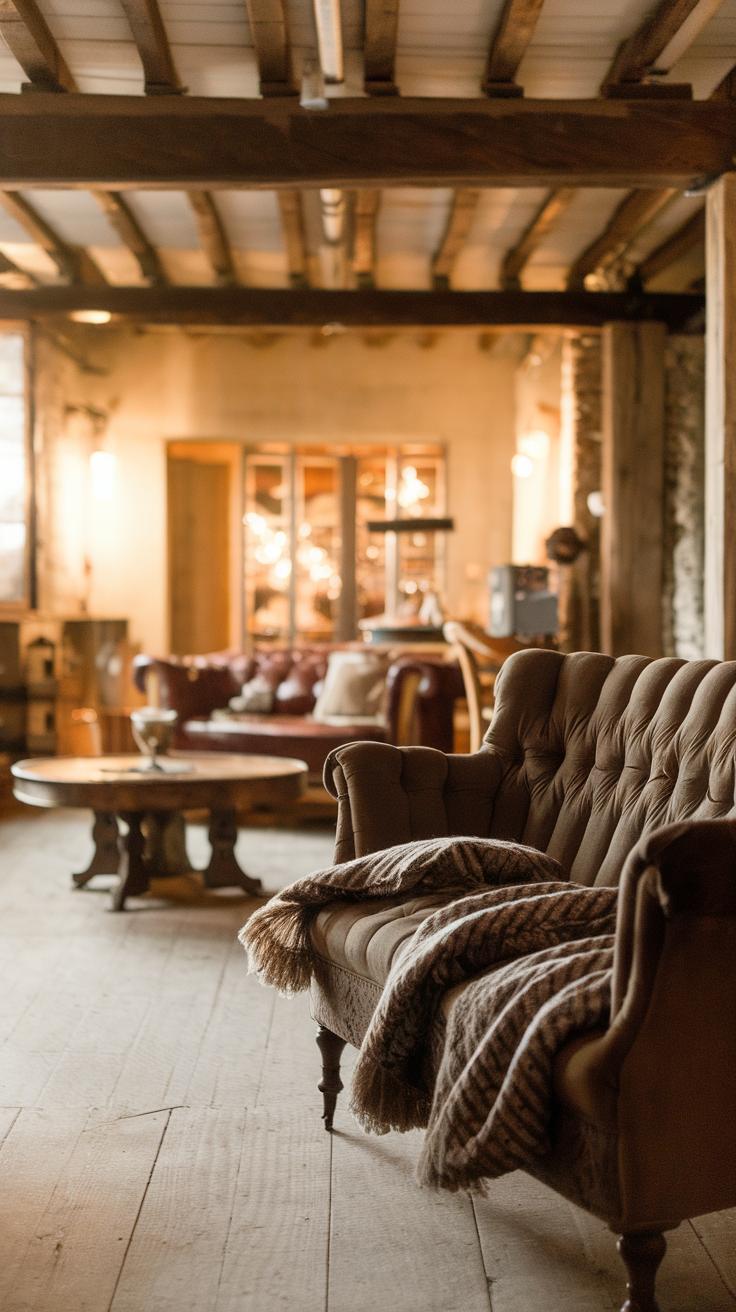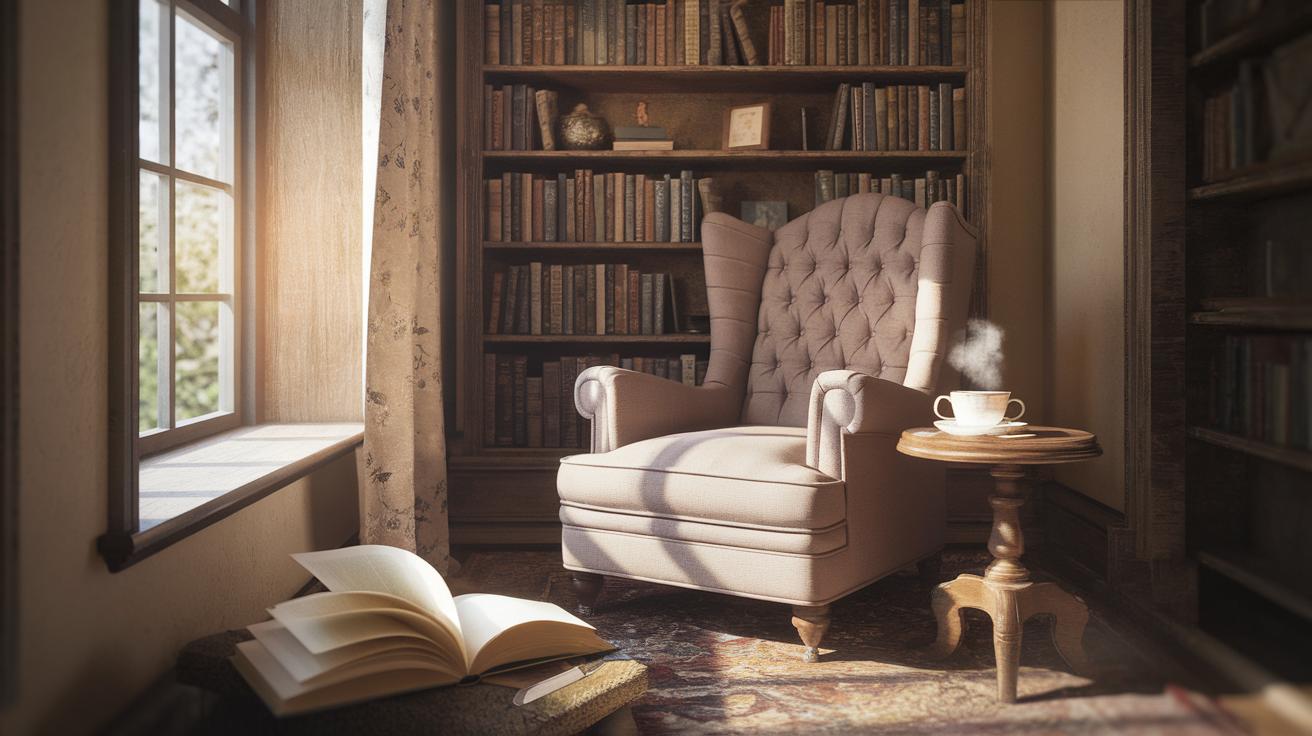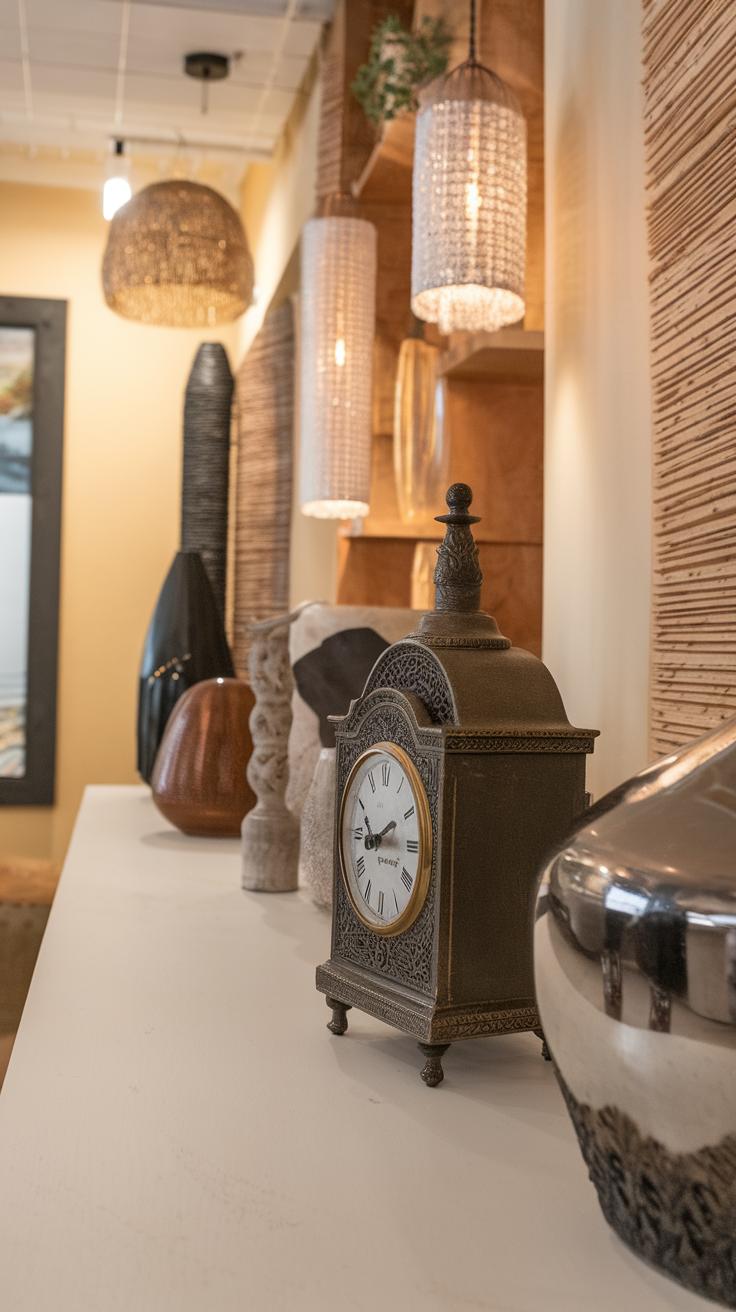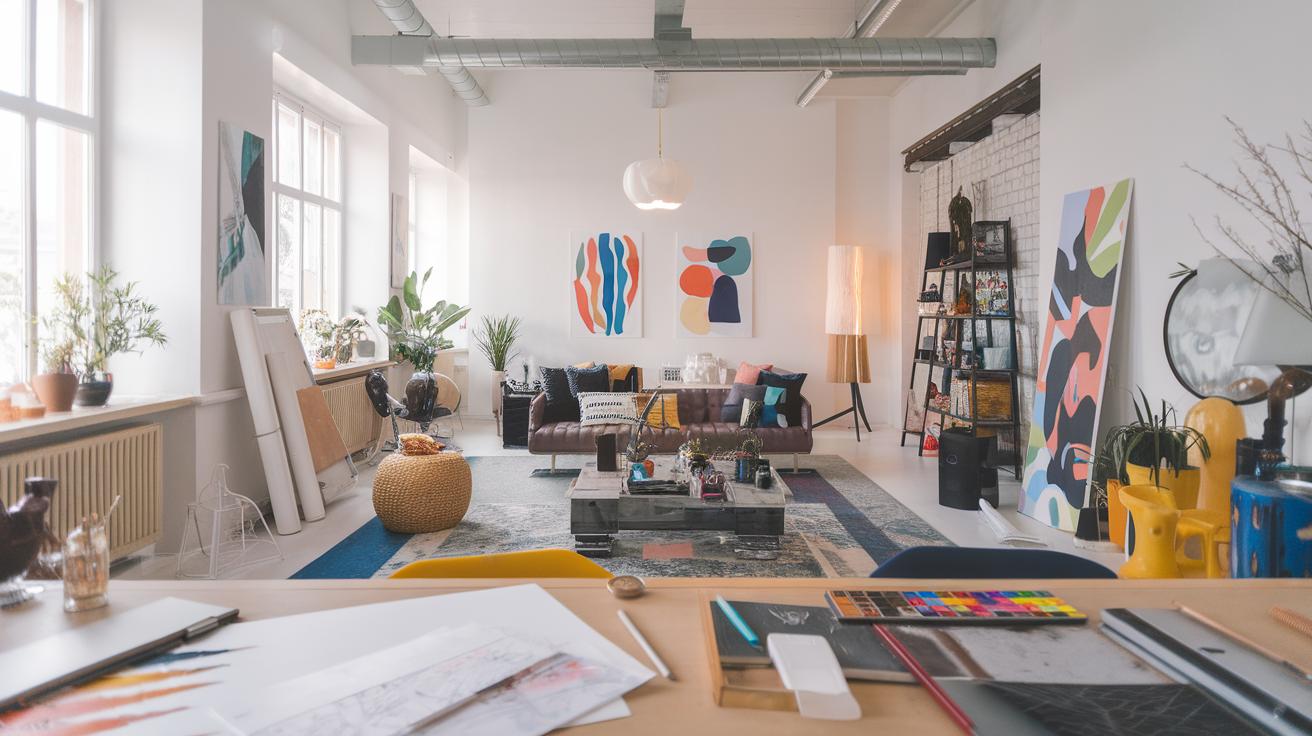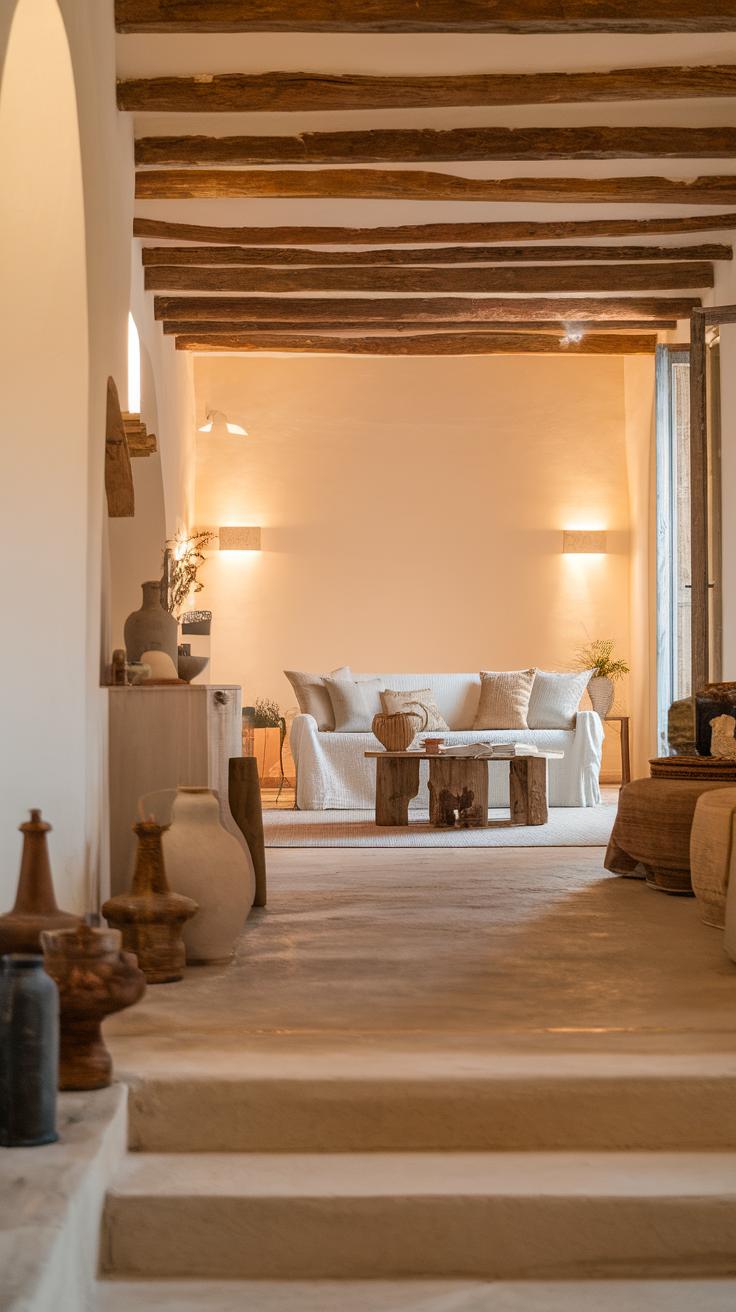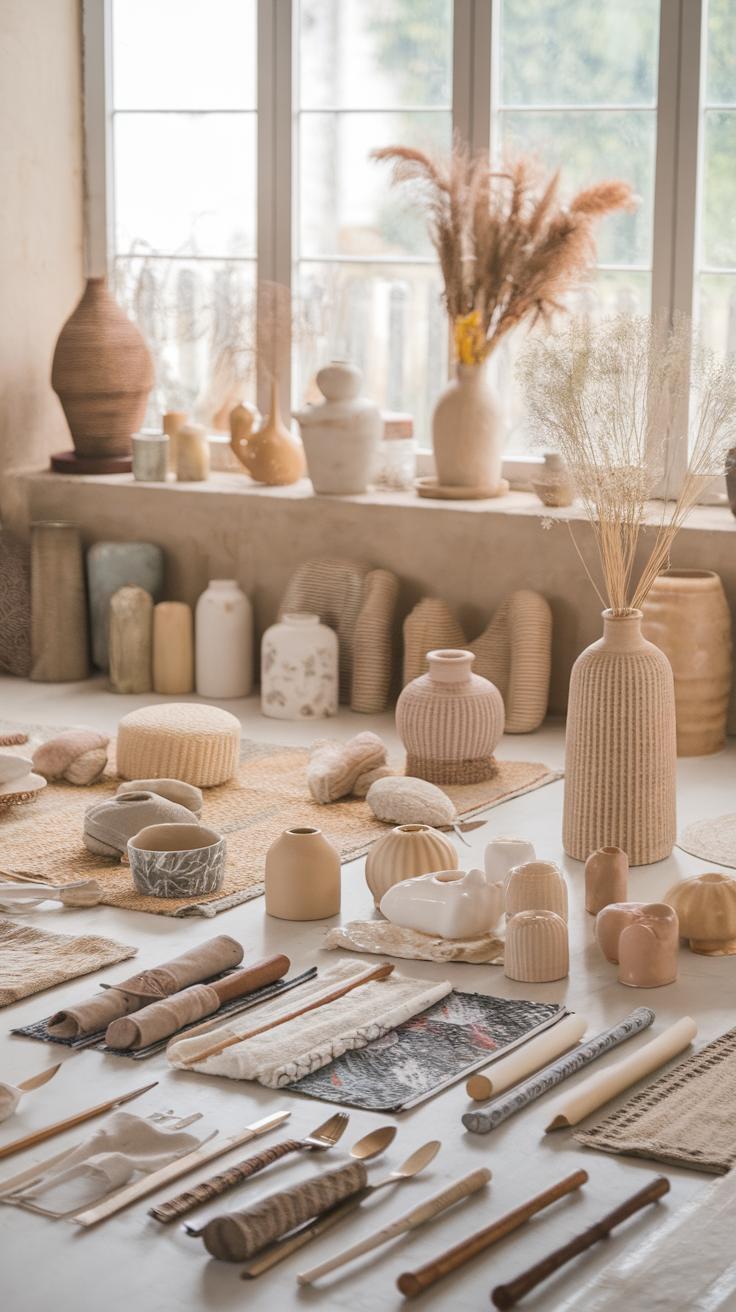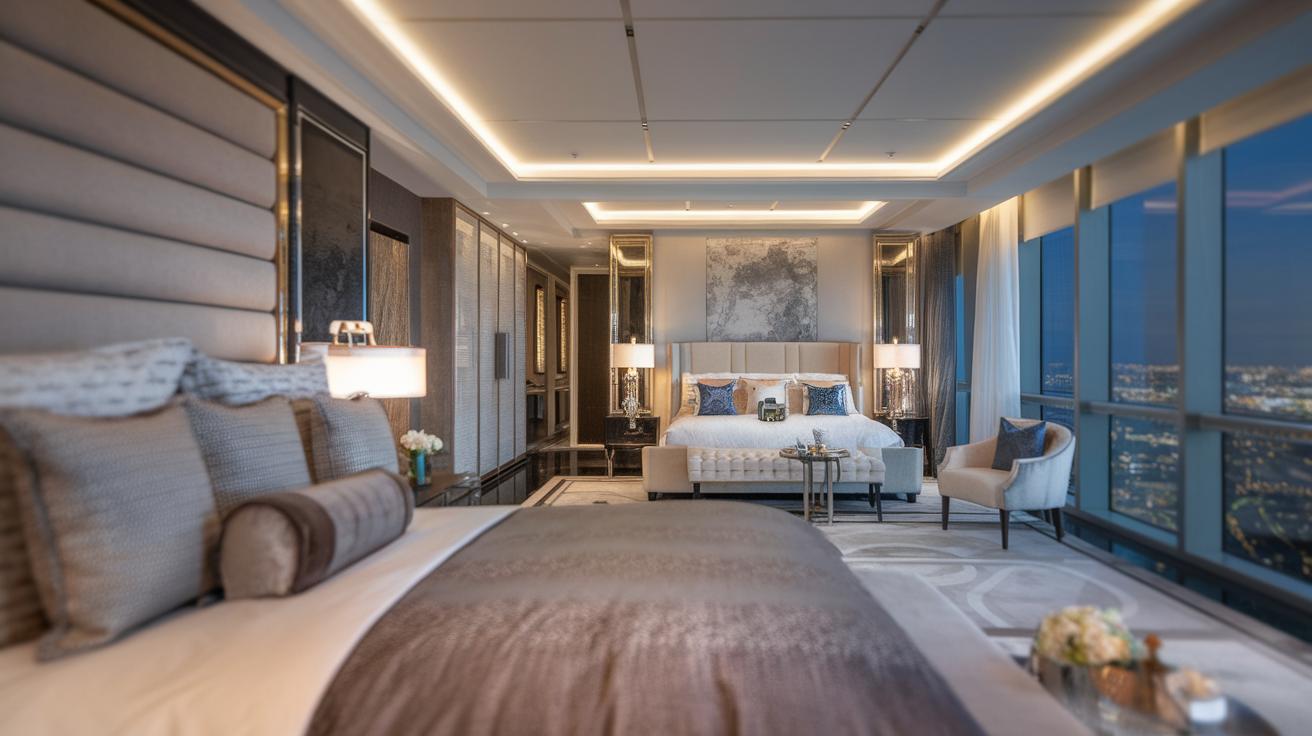Introduction
A rustic living room captures the essence of comfort and warmth. This design style appeals to many because it evokes feelings of homey simplicity and natural beauty. Rustic living rooms blend elements from the countryside with modern aesthetics, creating a unique space that welcomes all. Using natural materials like wood and stone, rustic interiors often feature warm colors and textured fabrics that enhance their inviting feel.
In this article, we will explore various aspects of rustic living rooms. From understanding the core elements of rustic design to practical tips on how to achieve this look in your home, we will provide valuable insights. The beauty of a rustic living room lies not only in the choice of materials but also in how these choices create a cohesive and harmonious environment where family and friends can gather.
Understanding Rustic Design Key Characteristics and Origins
Rustic design focuses on creating a warm and inviting atmosphere in a living room. This style often uses natural materials like wood, stone, and metal. Wooden beams, rough-hewn furniture, and stone fireplaces stand out as signature elements. The color palette usually features warm earth tones, such as browns, greens, and deep reds, which evoke a sense of comfort. This connection to nature draws inspiration from country homes and cabins, reminding us of simpler times.
Rustic design originated in rural areas, where homes reflected the beauty of the surrounding landscape. People used available materials to create functional spaces. Today, this style remains relevant in modern interior design. It offers a charming escape from city life, helping to foster relaxation and togetherness. By incorporating rustic elements, homeowners can cultivate a cozy living environment that celebrates warmth and practicality.
Choosing the Right Color Palette for a Rustic Living Room
Selecting Earthy Tones
Creating the perfect rustic living room starts with choosing an inviting color palette. Focus on earth tones and muted shades that reflect nature. Warm browns, soft greens, and calming grays can form a strong foundation for your space. Darker hues, like deep forest green or rich terracotta, add depth and character while lighter shades offer an airy feel.
Combining Colors Effectively
Pairing colors can enhance the warm atmosphere of a rustic living room. A combination of creamy beige and deep chocolate brown creates a cozy contrast. Soft sage green and warm taupe can evoke a sense of serenity, while hints of burnt orange or rust can introduce vibrancy without overwhelming the space. Embrace the beauty of natural combinations and focus on creating balance among hues to ensure a charming, cohesive look.
Selecting Natural Materials for Rustic Living Rooms
Types of Natural Materials
Natural materials like wood, stone, and wicker create a warm and inviting atmosphere in rustic living rooms. Wood, often found in beams, floors, and furniture, adds character and warmth. Choose reclaimed wood for its unique history and texture. Stone, whether used for a fireplace or accent wall, brings a touch of nature indoors. The rugged look of stone complements wooden elements beautifully. Wicker furniture or decorations softens hard surfaces, offering a comfortable and homey feel.
Aesthetic Appeal and Practical Benefits
Using these natural materials enhances the rustic style while providing practical benefits. Wood and stone offer durability; they withstand the test of time and age gracefully. Wicker adds lightness and texture, promoting a relaxed vibe. Together, these elements create a cozy living room that feels both stylish and functional. Incorporating natural materials effectively sets the foundation for a welcoming space, making it the heart of your home.
Furniture Choices for Comfort in a Rustic Living Room
Selecting Durable and Cozy Options
Choosing the right furniture for a rustic living room focuses on both comfort and durability. Opt for pieces made from solid wood, as they not only offer strength but also fit the rustic charm. Look for chairs and sofas that feature soft, overstuffed cushions. Leather and heavy fabrics like canvas or denim provide both comfort and a rugged look.
Styles That Enhance Rustic Aesthetics
Stick with furniture styles that blend well with rustic elements. A farmhouse table serves as a stunning focal point, while wicker chairs add a light, breezy touch. Consider reclaimed wood pieces, which bring character and history into your space. Add a few patterned throw pillows for coziness without overwhelming the rustic theme. This combination creates an inviting atmosphere where comfort reigns supreme.
Incorporating Textures Creating Cozy Atmosphere in a Rustic Living Room
Creating Warmth with Textures
Textures play a vital role in crafting that inviting feel in a rustic living room. Mixing various materials adds depth and comfort. Start with soft textiles like wool or flannel throw blankets. These pieces not only provide warmth but also invite snuggling on chilly nights. Use burlap or linen for cushions to bring an earthy touch that complements the rustic aesthetic.
Consider adding a few woven baskets made from natural fibers. They add rustic charm while serving functional purposes like storage. Choose wooden furniture with a rich, weathered finish. This choice enhances the raw, natural feel that defines rustic spaces. Pair these elements with cozy rugs made of jute or a thick braided fabric. Layering textures creates dimension and elevates the overall comfort in your living room.
Lighting That Enhances the Rustic Feel
The Importance of Lighting in Rustic Design
Lighting plays a vital role in creating a cozy rustic living room. It sets the mood and highlights the natural materials that define rustic design. Using warm-toned bulbs can instantly make a space feel welcoming. Aim for a balance of ambient, task, and accent lighting to enhance the room’s features.
Styles that Complement the Rustic Aesthetic
Consider fixtures made from wood, wrought iron, or antique finishes to align with rustic charm. Chandeliers with a natural look or lantern-style lamps can add character. Incorporate floor lamps and table lamps with soft shades to provide localized lighting. Natural light also contributes significantly, so maximize windows and use light fabrics for window treatments. When combined thoughtfully, both natural and artificial lighting can bring warmth and depth, completing the inviting atmosphere of your rustic living room.
Decorative Elements and Accessories Complete Your Rustic Living Room
Choosing the right decorative elements and accessories helps create a charming rustic living room. Start by selecting artwork that reflects nature, like landscape paintings or wildlife photographs. These pieces connect the inside with the outdoors, enhancing that warm feeling. Adding wooden frames or metal accents strengthens the rustic vibe even more.
Signage also adds a personal touch. Vintage signs with fun quotes or directions can spark conversations and make your space feel unique. Don’t forget to include personal mementos like family photos. Display these in eclectic frames to bring warmth and character to the room.
Small accessories like woven baskets, textured throw pillows, and cozy blankets help complete the look. These items not only contribute to comfort but also tie together the rustic elements. Together, they create a living room that invites relaxation and reflects your personality perfectly.
Maintaining a Rustic Living Room Preserving Warmth and Character
Practical Tips for Cleaning and Care
Maintaining a rustic living room involves caring for various materials that give the space its unique charm. Wooden furniture needs regular dusting with a soft cloth to avoid scratches. Use a wood cleaner to remove grime, but avoid harsh chemicals that may damage the finish. For upholstered sofas, clean with a vacuum attachment to remove crumbs and dirt, and consider a fabric refresher to keep them smelling fresh.
Ensuring Warmth in Your Rustic Space
Preserving warmth in a rustic living room requires attention to details. Keep windows covered with thick curtains to maintain heat during cooler months. Layer different textures, such as soft throws and woven rugs, to add coziness while also providing warmth. Incorporate natural materials like wool or cotton for cushions, which help create a welcoming atmosphere. Regularly check for drafts and seal any gaps to keep the space snug and inviting.
Creating a Cohesive Look Crafting a Harmonious Rustic Living Room
Tying Together Rustic Elements
When designing a rustic living room, focus on blending various elements to create a unified look. Choose a color palette that reflects earthy tones, such as browns, greens, and warm grays. This palette should flow continuously throughout the space, from the walls to the furniture. Use natural materials like wood and stone for flooring and accents to enhance the rustic charm.
Incorporate textiles that bring warmth and comfort. Soft, woven throws, patterned cushions, and rugs with natural fibers can help tie different furniture pieces together. Arrange your furniture in a way that encourages conversation and connection. Position seating to face each other, creating an inviting atmosphere. Lastly, add rustic décor items, such as vintage lanterns, wrought iron accents, and handmade pottery, to add character without overwhelming the space.
Ensuring Flow and Continuity
Flow in a rustic living room means maintaining an open and airy environment. Keep pathways clear and ensure that furniture sizes complement one another. Mix larger pieces, like a sturdy coffee table, with lighter accents, such as a slim side table. Continuity occurs when each area feels interconnected. Use similar wood finishes or unify patterns in fabrics across the room for a cohesive design.
Integrate layers of light to highlight different zones within the living room. Soft, warm lighting complements rustic elements and enhances the inviting atmosphere. With careful planning, you create a cozy, harmonious living room that invites family and friends to relax and enjoy.
Conclusions
A rustic living room offers both beauty and comfort, making it a popular choice for many homeowners. By combining natural elements with warm colors and textures, you can create a space that truly feels like home. Throughout this article, we explored various techniques to enhance your living room’s rustic charm, emphasizing the importance of using quality materials and thoughtful design choices.
Transforming your living space into a cozy rustic retreat requires careful planning and creativity. With the tips shared in this article, you now have the tools to design a living room that embraces warmth and welcomes everyone. Enjoy the process of creating your rustic sanctuary, and make memories that last a lifetime.



